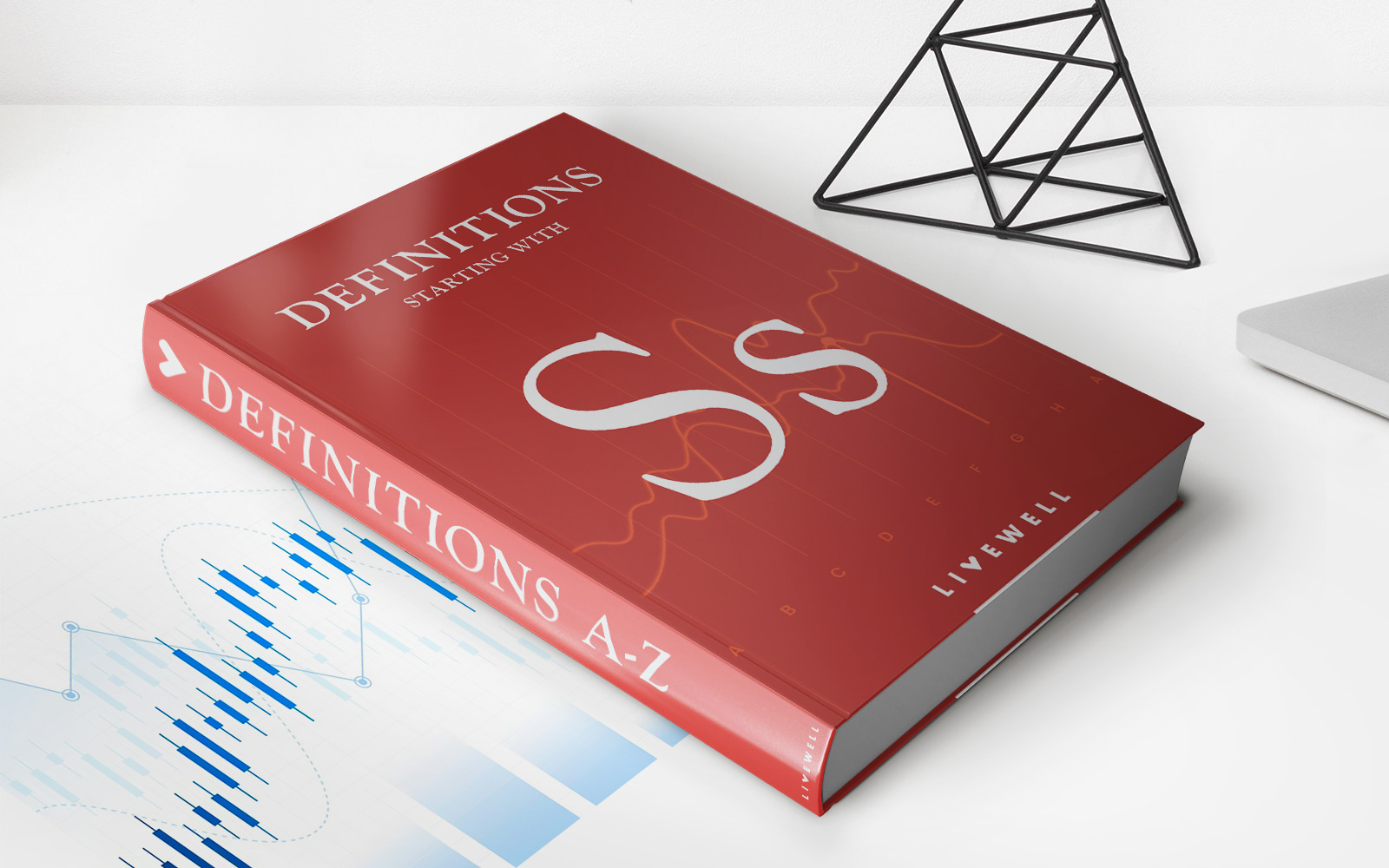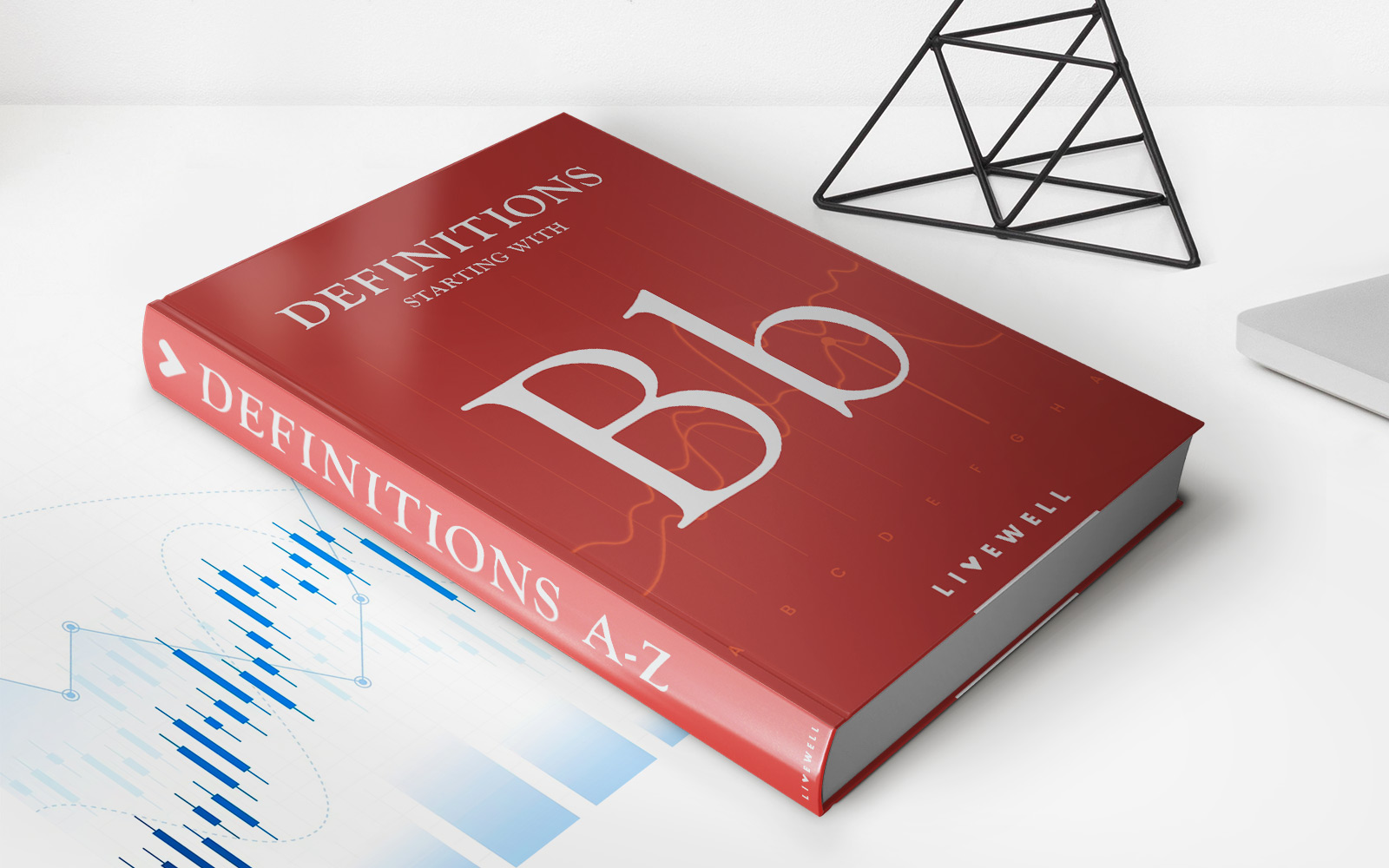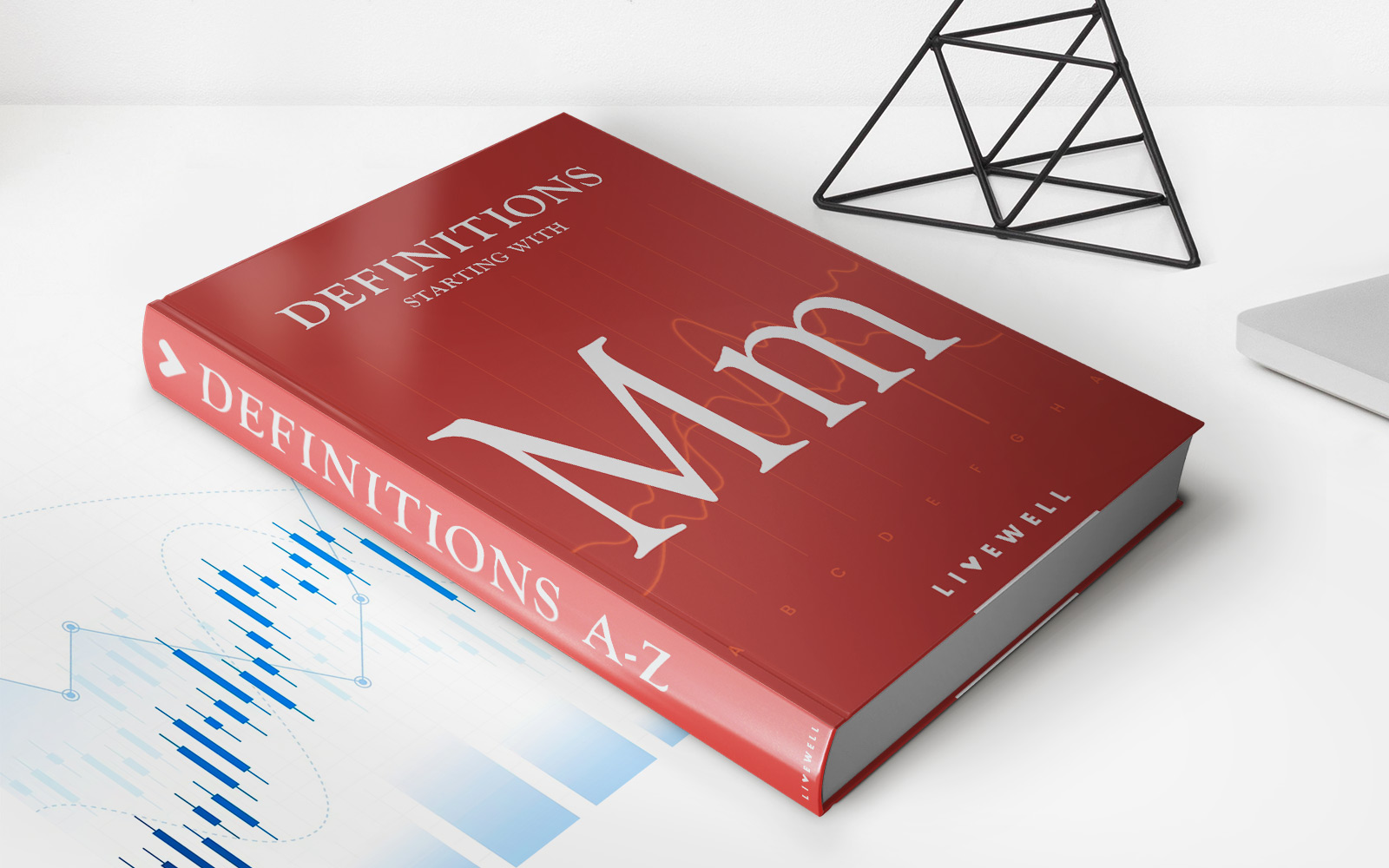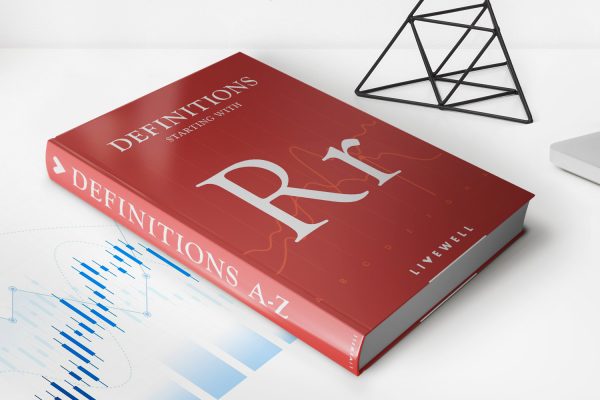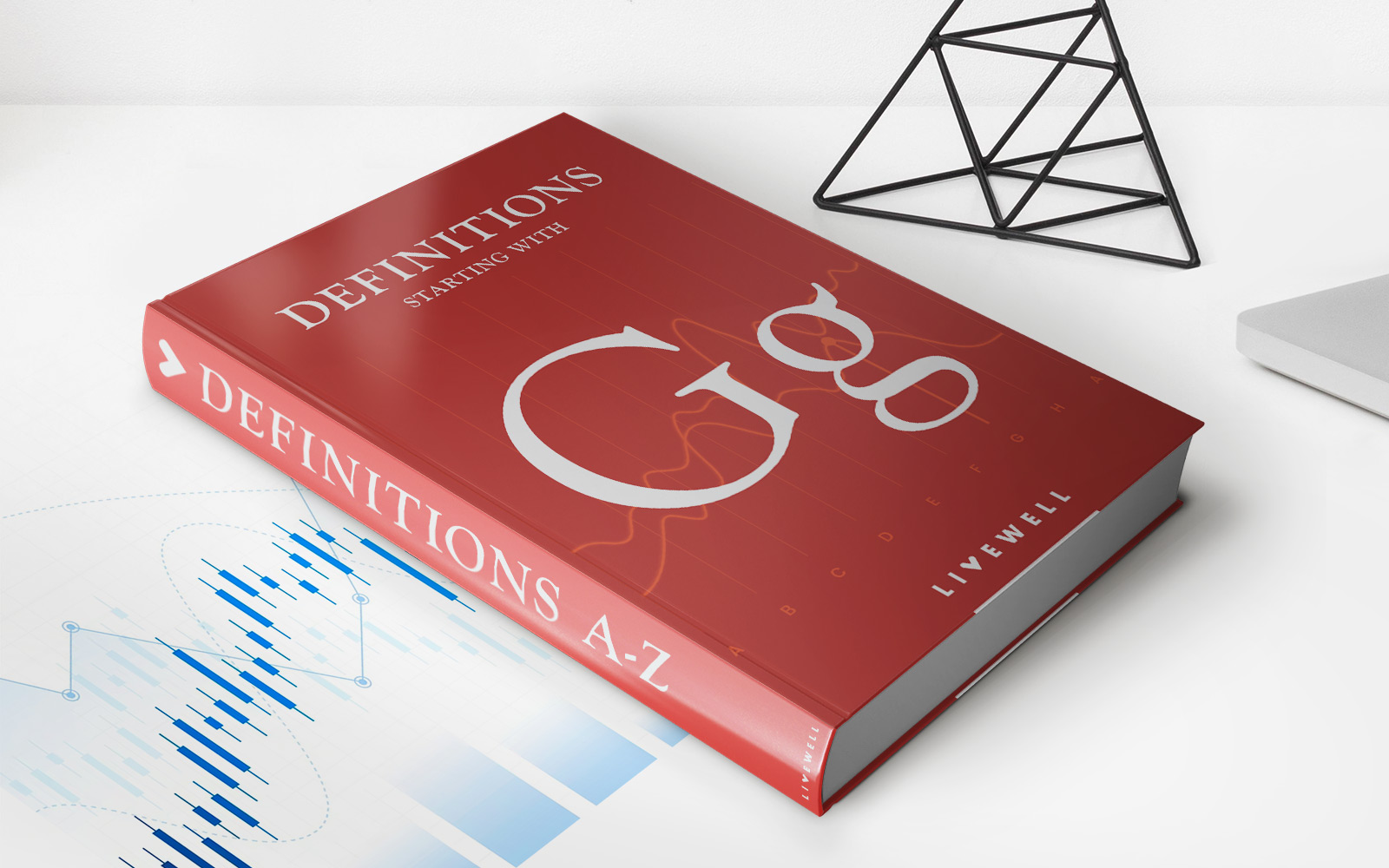Home>Finance>Predictive Analytics: Definition, Model Types, And Uses
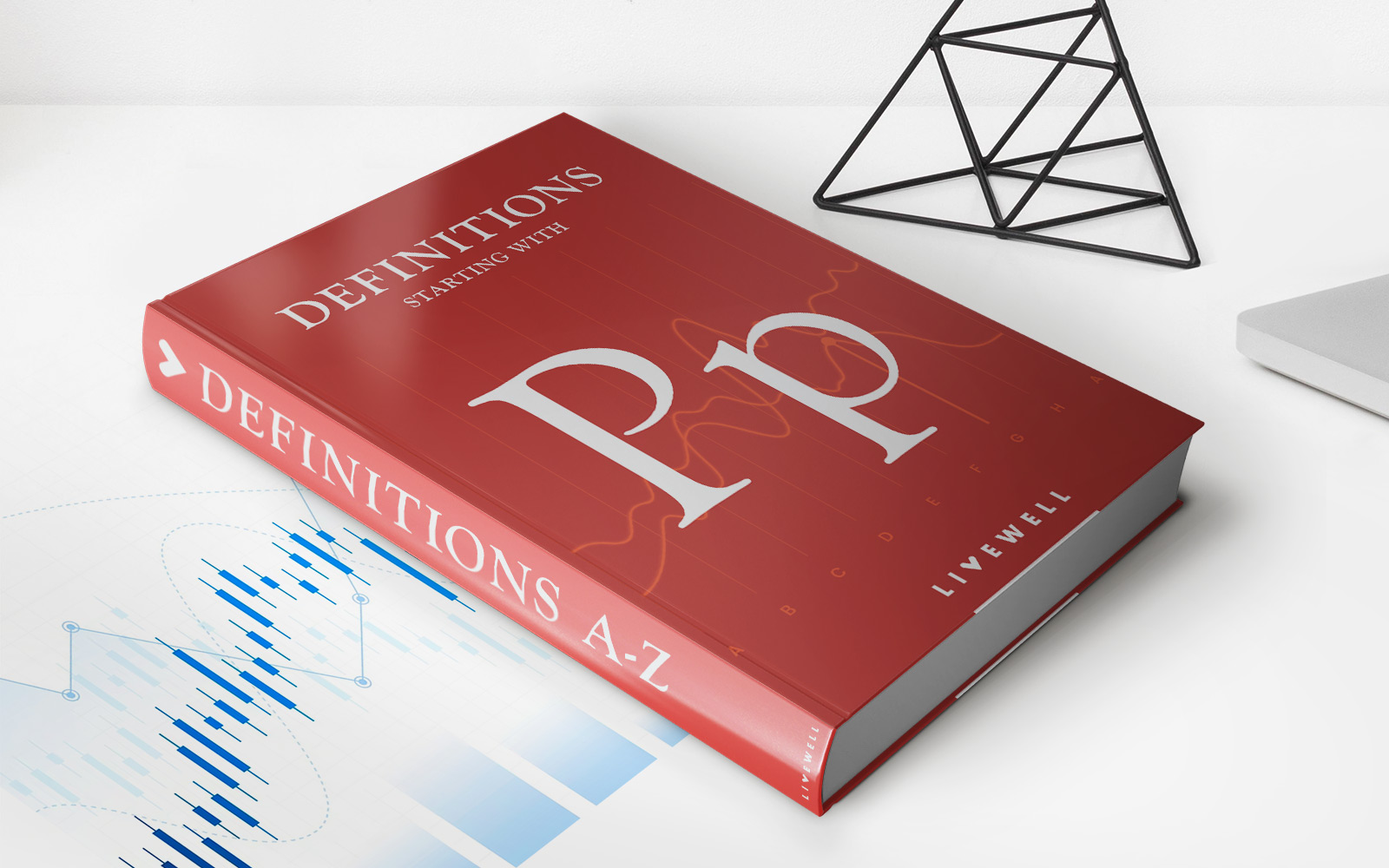

Finance
Predictive Analytics: Definition, Model Types, And Uses
Published: January 10, 2024
Discover the power of predictive analytics in finance, including its definition, various model types, and real-world uses. Empower your financial decisions with data-driven insights.
(Many of the links in this article redirect to a specific reviewed product. Your purchase of these products through affiliate links helps to generate commission for LiveWell, at no extra cost. Learn more)
Unleashing the Power of Predictive Analytics in Finance
Welcome to the “Finance” category on our page! In today’s fast-paced world, businesses are constantly seeking ways to gain a competitive edge. One powerful tool that is revolutionizing the financial industry is predictive analytics. In this blog post, we will dive into the definition of predictive analytics, explore different model types, and discuss its various uses in the finance sector.
Key Takeaways:
- Predictive analytics involves using historical data and statistical algorithms to make future predictions.
- There are three main types of predictive analytics models: classification, regression, and clustering.
What is Predictive Analytics?
Predictive analytics is the practice of using historical data, statistical algorithms, and machine learning techniques to identify patterns and make accurate predictions about future outcomes. By analyzing vast amounts of data, businesses can gain valuable insights into customer behavior, market trends, and financial performance. This information enables companies to make data-driven decisions and mitigate risks.
Types of Predictive Analytics Models:
Predictive analytics models come in various forms, each serving a unique purpose:
- Classification: Classification models are helpful when businesses want to categorize or classify data into specific groups. For example, financial institutions can use classification models to identify potential fraud transactions or determine the creditworthiness of customers.
- Regression: Regression models aim to predict numerical values based on historical data. These models are commonly used in finance to forecast stock prices, predict insurance claim amounts, or estimate future sales.
- Clustering: Clustering models group similar data points together based on their characteristics. In finance, clustering can be used to segment customers by their spending habits, identify potential target markets, or detect patterns that may lead to business growth.
Uses of Predictive Analytics in Finance:
Predictive analytics has the potential to revolutionize the finance industry by enabling businesses to optimize various aspects of their operations. Here are some key applications:
- Risk Assessment and Fraud Detection: Financial institutions can leverage predictive analytics to assess risk, identify fraudulent activities, and prevent potential financial losses.
- Customer Behavior Analysis: By analyzing customer data, businesses can gain insights into purchase patterns, preferences, and trends. This information can be used to personalize marketing campaigns, optimize pricing strategies, and enhance customer experiences.
- Market Forecasting: Predictive models can help finance professionals forecast market trends, identify investment opportunities, and make informed decisions on asset allocation.
- Credit Scoring: Financial institutions can use predictive analytics to assess the creditworthiness of individuals or businesses, improving the accuracy of loan approvals, and minimizing default risks.
In conclusion, predictive analytics is a game-changer in finance. By harnessing the power of historical data and advanced algorithms, businesses can gain valuable insights, make accurate predictions, and drive growth. Embracing predictive analytics can give your organization a competitive edge in today’s dynamic financial landscape. So, why not leverage this powerful tool and unlock its true potential?

